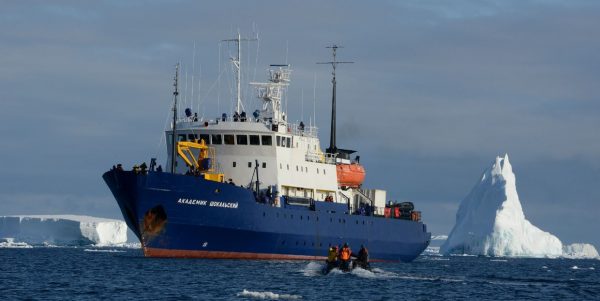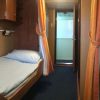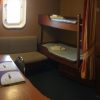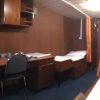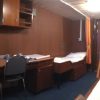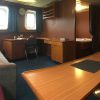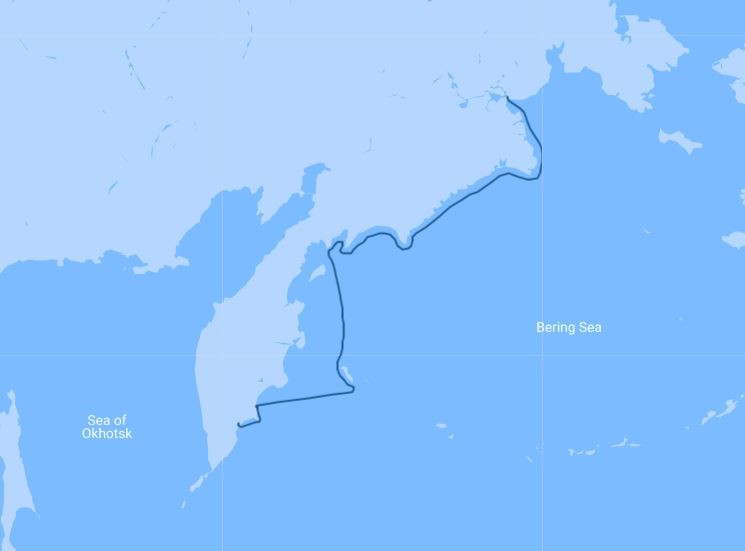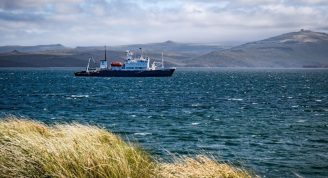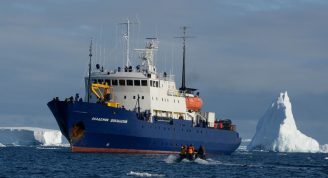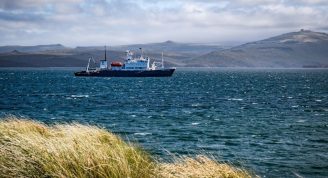Description
Petropavlovsk-Kamchatskiy to Anadyr: Combining the best of our ‘In Search of the Spoon-billed Sandpiper’ and ‘Wake of Bering’ Expeditions with new added opportunities.
Siberia’s eastern coastline is undoubtedly one of the most remote and least visited regions of the globe. It is home to several groups of indigenous people, including the Itelmen, Koryak, Even and Chukchi. Fur trappers and sealers plundered the region’s natural resources in the name of the Tsar in the early 17th Century. Stalin and subsequent leaders encouraged economic development in this part of the Soviet Union. Soviet towns were built, bonuses were paid to those who would immigrate and work there and attempts were made to collectivise the traditional way of life.
As the iron curtain was drawn and the Cold War escalated, this region became forbidden territory. Travel to and within the area was strictly controlled, the number of military installations increased, early radar warning stations proliferated and Russia’s Pacific fleet patrolled the coastline.
This all changed in the early 1990s with Perestroika and the collapse of the Soviet Union. Military installations were abandoned, there were mass migrations of workers back west and towns and industries were simply abandoned. As the heavily subsided economy collapsed, the indigenous people were forced back to traditional ways of life. Permits to travel through the area did, however, become a little easier to obtain.
Twenty five years on, travel through this region is still heavily regulated and virtually impossible for the independent traveller. There is little or no infrastructure, only a few kilometres of road, and no hotels apart from in the main towns of Petropavlovsk-Kamchatskiy and Anadyr. These towns have scheduled air services, but access to the rest of the region either by air or sea, even for locals, is at best ‘unpredictable’.
Throughout its chequered human history its rich natural history has largely gone unnoticed and unknown by the rest of the world. It is an amazing coastline dominated by the volcanoes of Kamchatka in the south, the fiords of what was formally the Koryak region, and the rich estuarine areas and tundra of Chukotka.
This coastline has one of the most diverse assemblages of wildlife and habitats of anywhere of a similar latitude on the globe, and virtually no people or visitors to disturb them. One of the most iconic species is the critically endangered Spoon-billed Sandpiper that is endemic to the region. For the past 9 years we have supported BirdLife International and Birds Russia research teams working on this species. Our 2020 expedition not only continues that support, but it expands it to include other seabirds and waders as researchers monitor potential changes in their populations and distribution due to a variety of reasons including climate change.


